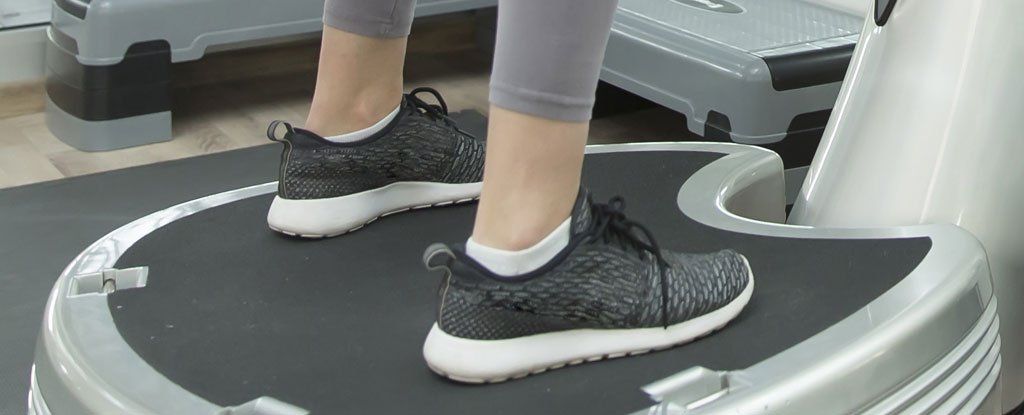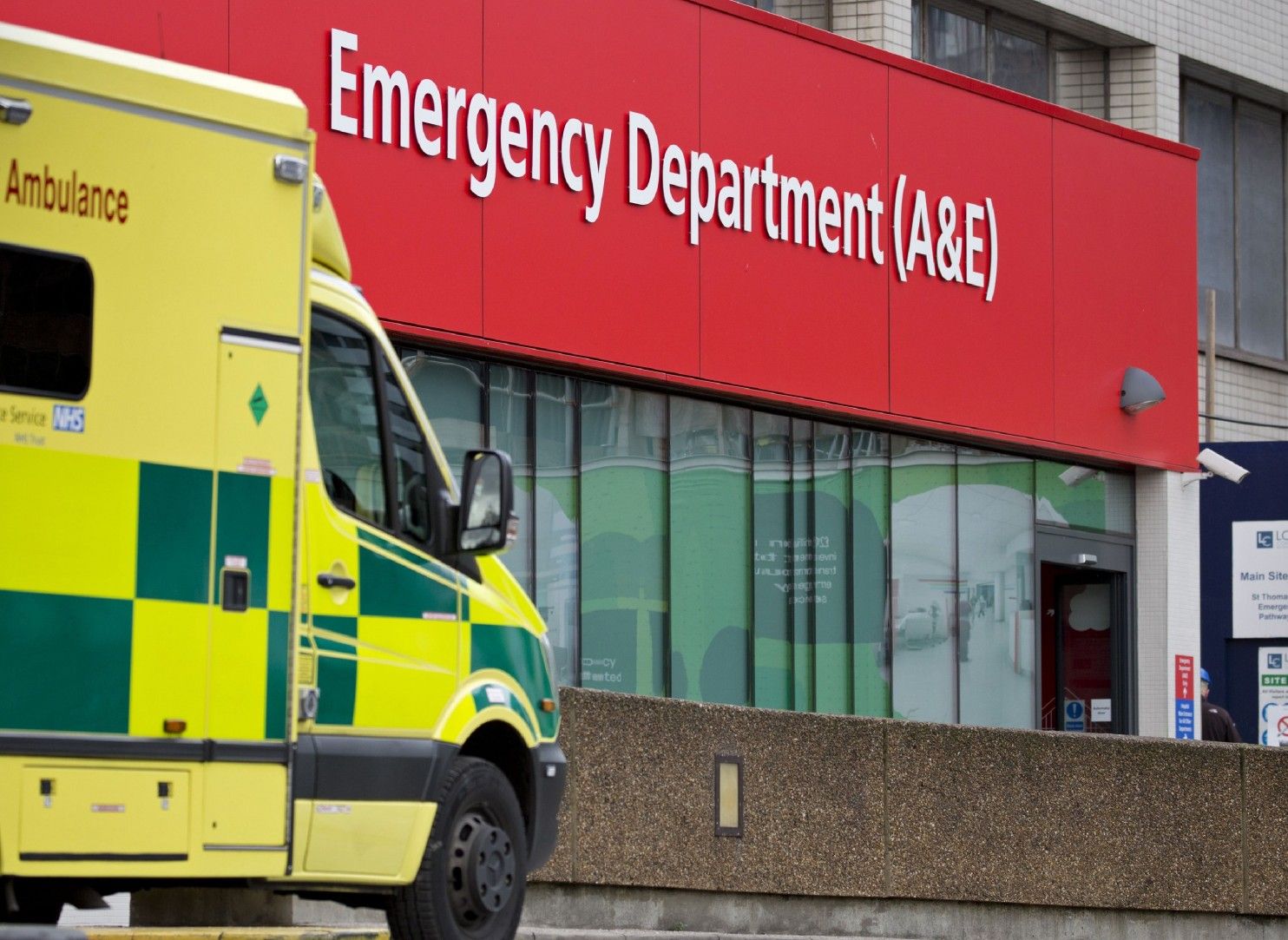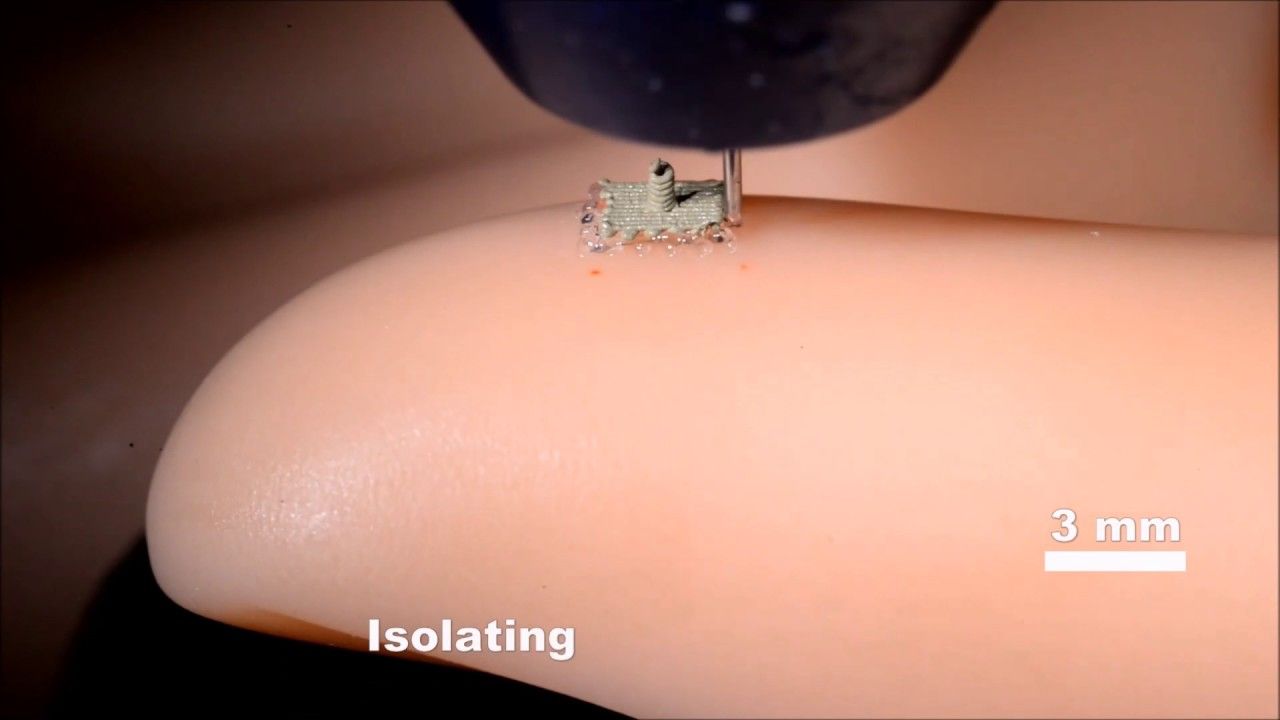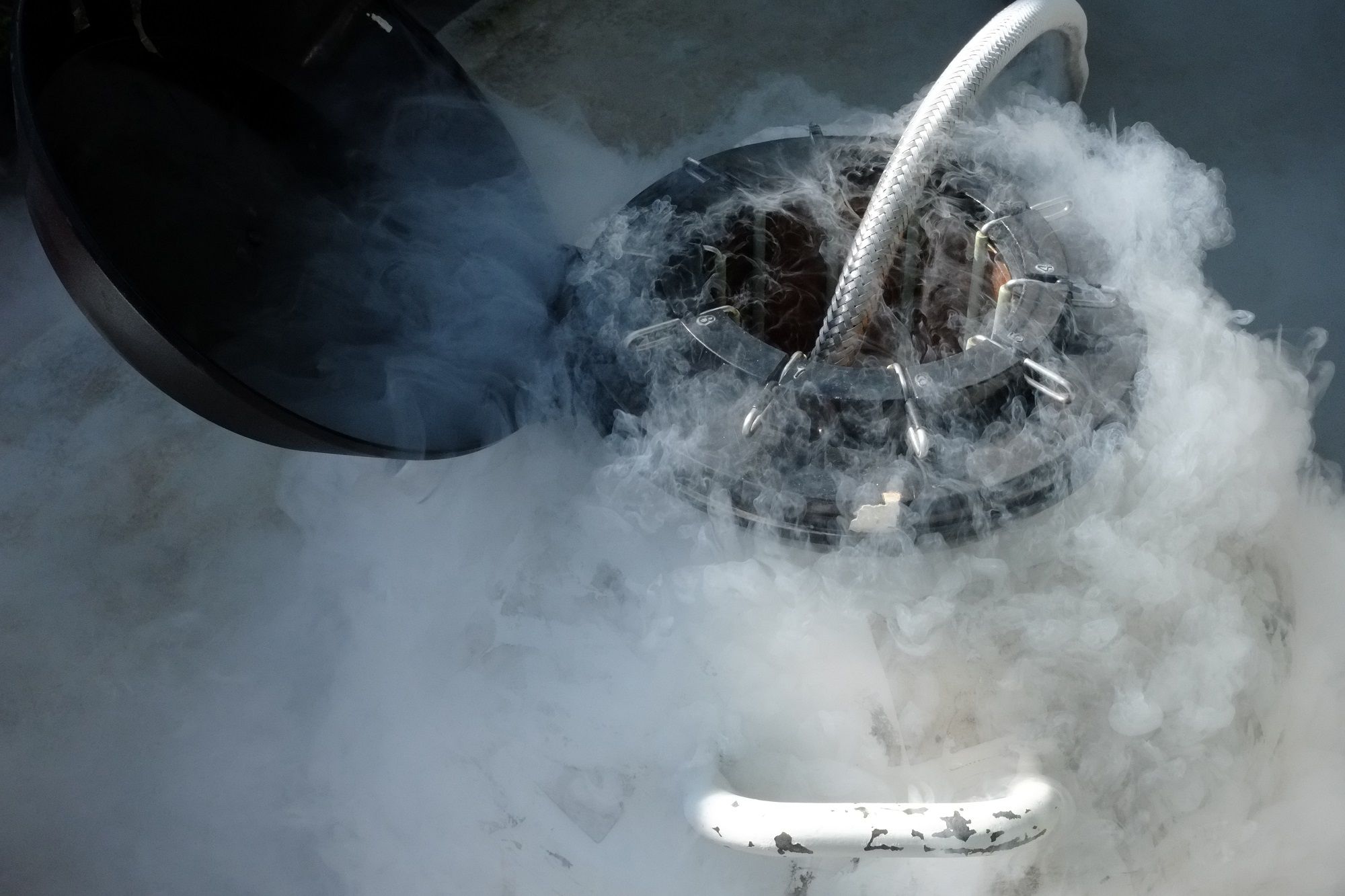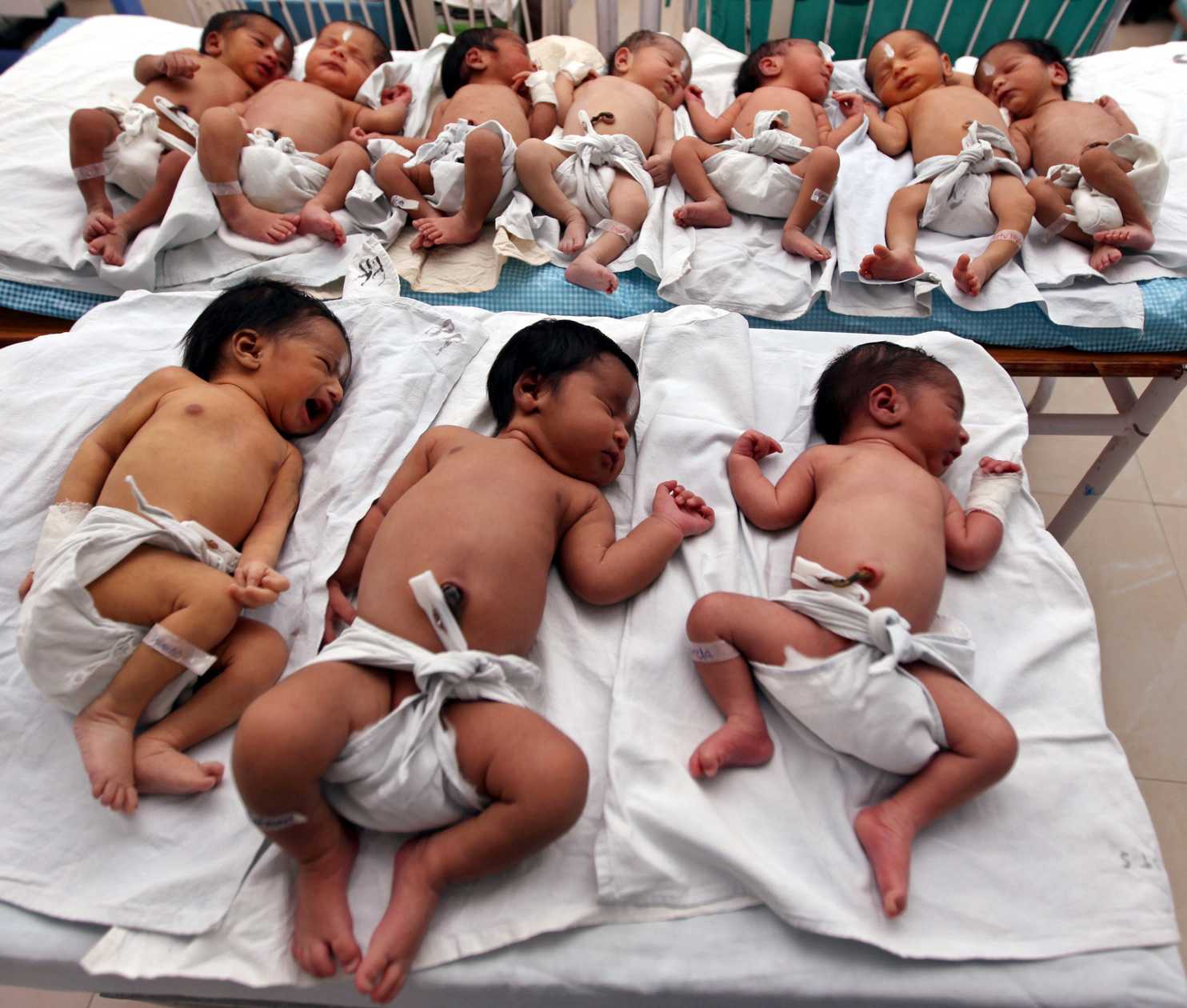Jun 3, 2017
These 14 billionaires just promised to give away more than half of their money like Bill Gates and Warren Buffett
Posted by Derick Lee in categories: biotech/medical, economics, education, health, sustainability
Started in 2010 by Bill and Melinda Gates, worth $88.5 billion, and Warren Buffett, worth $74.2 billion, the Giving Pledge is a commitment by wealthy individuals and families to give away more than half of their wealth to causes including including poverty alleviation, refugee aid, disaster relief, global health, education, women and girls’ empowerment, medical research, arts and culture, criminal justice reform and environmental sustainability.
Started in 2010, the Giving Pledge now includes 168 wealthy individuals and couples from 21 countries.

